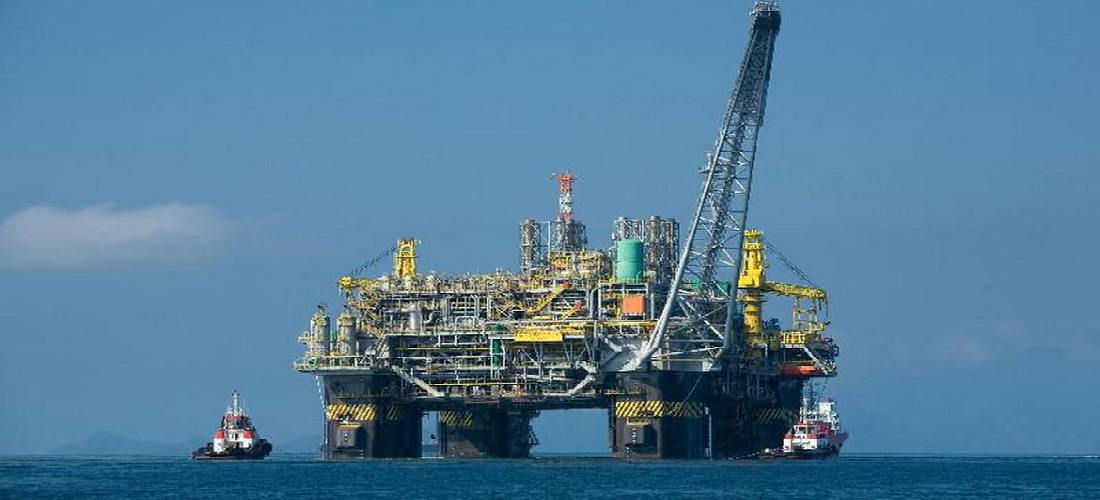
Surging Crude Oil Output Set to Reshape Brazil’s Exports in 2024
Jan, 24, 2024 Posted by Gabriel MalheirosWeek 202404
Brazil is on track to achieve record crude oil export values this year, posing a serious threat to soybeans and iron ore’s dominance in the Brazilian trade balance. With a growing output, Brazilian oil continues to play an increasingly important role in the country’s economic agenda.
Brazilian foreign trade association AEB estimates that, in 2024, crude sales could reach an impressive $43.575 billion. Such a striking performance would represent the record set in 2022, when the country exported $42.553 billion in oil. The performance in 2023 was also remarkable, with exports reaching $42.539 billion.
Growth in oil exports
Brazil’s oil exports have seen steady growth in terms of quantity year after year. AEB’s projection indicates that oil exports will reach the mark of 83 million tonnes, exceeding the 81 million tonnes recorded in 2023.
It is important to note that AEB’s forecasts were made at the end of last year and, like any market, are subject to changes throughout 2024. Factors such as oil prices, unforeseen geopolitical issues, and the global economy’s performance can influence these projections.
Role in the economy
In recent years, Brazilian oil exports have taken a prominent role in the country’s trade balance, competing with products like soybeans and iron ore, which historically spearheaded Brazilian exports. The commodity is expected to maintain its prominence in the coming years as production is projected to increase until 2030, when pre-salt extraction may begin to decline.
Adriano Pires, director of the Brazilian Center for Infrastructure (CBIE), believes the country is on the path to becoming one of the world’s largest oil producers in the coming years. In 2022, Brazil ranked ninth among top producers, extracting over 3.1 million barrels per day, but today produces about 3.5 million barrels daily. By the end of the decade, this number is expected to reach 5 million barrels a day.
Exporting surpluses
With increasing production and limited refining capacity, Brazil is only able to export the surplus oil it produces. “In recent years, about 50% of the oil produced is destined for export,” explains Jankiel Santos, an economist at Santander Bank.
This performance in commodity exports is expected to offset a possible decline in soybean exports abroad, aiding the trade balance to remain positive. Santander projects a trade surplus of $85 billion for Brazil this year, a still high figure compared to historical standards but below the almost $100 billion recorded in 2023.
Oil production to grow until 2030
Although the transition to cleaner energy sources is a debated topic, experts believe that oil will still play a central role in the coming years. Brazil is investing in new platforms and exploring new frontiers, such as the Equatorial Margin between Amapá and Rio Grande do Norte, with five promising extraction basins.
Oil production is expected to grow until 2030, meaning Brazilian oil will remain one of the country’s primary export products. However, discussions about limits to commodity exploration and the energy transition are crucial topics for the sector’s future.
-
Ports and Terminals
Apr, 11, 2024
0
Wilson Sons’ Alliance with Asian Shipowners Cements Rio Grande as Key Container Hub
-
Other Cargo
Aug, 26, 2024
0
Brazilian onions filling gap in neighboring countries’ markets
-
Ports and Terminals
Dec, 06, 2024
0
TCP reports increase in throughput of Paraguayan cargo
-
Shipping
Sep, 30, 2024
0
US East and Gulf Coast Ports Face Imminent Shutdown as Union Announces Intent to Strike



